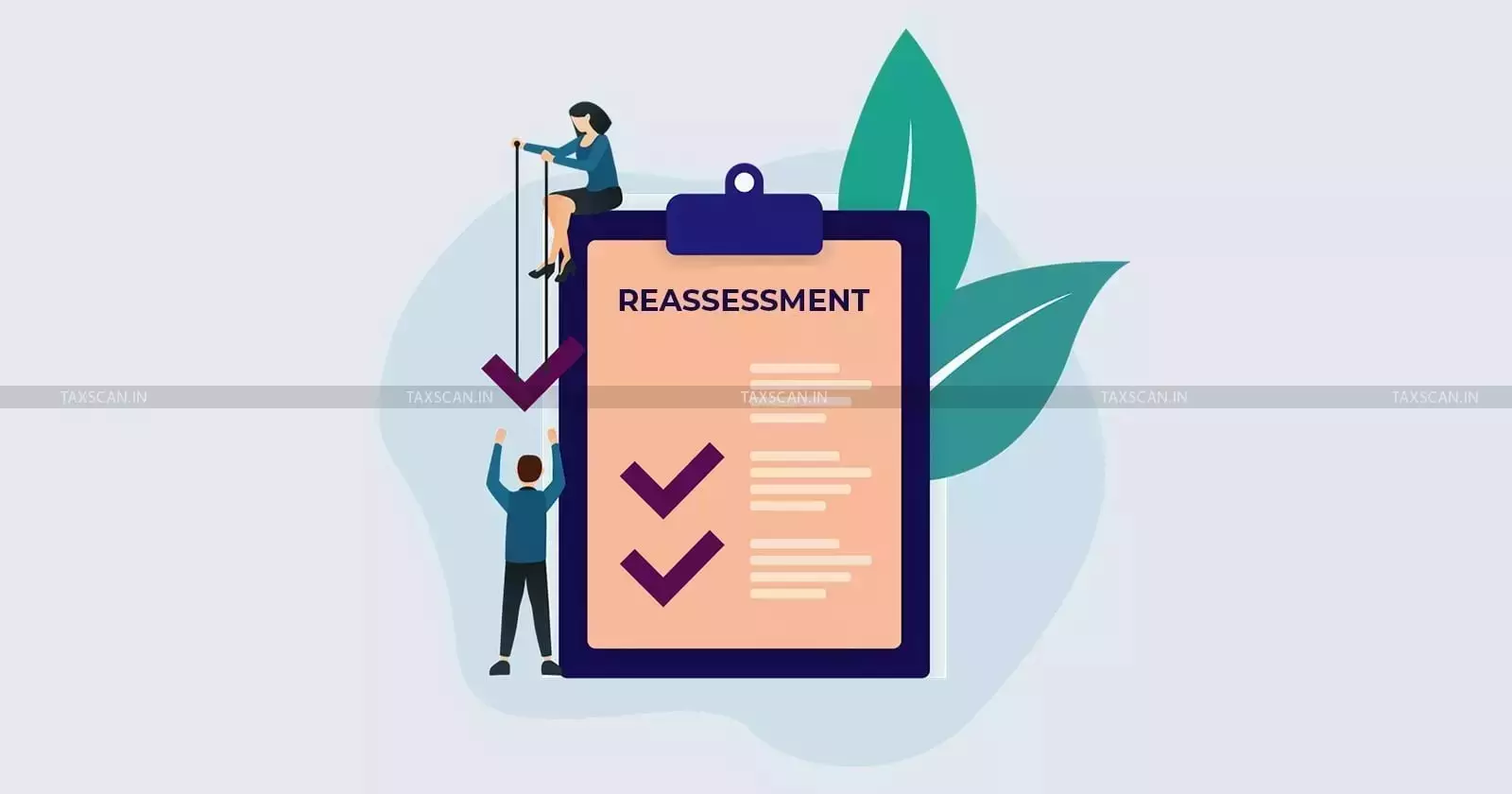Reassessment in Wrong Year and Notice Beyond Limitation: ITAT Quashes ₹2.13 Cr Additions u/s 50C [Read Order]
The Tribunal found that the property transaction in question pertained to AY 2013–14, and that the reassessment notice issued under the new Section 147 regime was invalid

In a recent ruling, the Indore bench of Income Tax Appellate Tribunal (ITAT) set aside reassessment proceedings initiated under Section 147 of the Income Tax Act, 1961, against the assessee for AY 2014–15, holding that the reassessment notice was issued beyond the permissible time limit and pertained to an incorrect assessment year.
The assessee had originally filed his return for AY 2014–15 on 29.03.2016, declaring an income of ₹4.31 lakh. Subsequently, the AO received information that the assessee, jointly with his brother, had sold an immovable property for ₹2.25 crore, which was valued by the stamp authority at ₹4.15 crore.
Based on this, the AO initiated reassessment proceedings under the erstwhile Section 147 by issuing a notice dated 22.04.2021, after the expiry of the six-year limitation period.
The AO relied on relaxations under the Taxation and Other Laws (Relaxation and Amendment of Certain Provisions) Act, 2020 (TOLA) and Notification No. 38/2021 to justify the delayed notice.
However, following the Supreme Court’s ruling in Union of India v. Ashish Agarwal, the AO dropped the original notice and reinitiated proceedings under the new Section 147 framework by issuing a fresh notice under Section 148A(b) on 21.05.2022.
In response to the show-cause notice, the assessee submitted that the sale deed was executed on 26.03.2013, falling in FY 2012–13, relevant to AY 2013–14.
Although the registration was completed on 15.04.2013, the assessee argued that the date of execution governs the timing of capital gains under Section 2(47). The AO rejected this explanation and proceeded to reopen AY 2014–15, ultimately passing an order.
The AO made two additions of ₹2,07,60,000 as 50% share of the stamp duty value under Section 50C and ₹5,50,000 based on Form 26AS entries under Section 194C, treated as undisclosed income.
The Tribunal found merit in the assessee’s contention that the property transfer occurred in AY 2013–14.
The two-member bench comprising Paresh M Joshi (Judicial Member) and BM Biyani (Accountant Member) held that the execution date of the sale deed, not the registration date, determines the assessment year for capital gains. Since the AO had reopened AY 2014–15, the reassessment was held to be for the wrong year.
Further, the Tribunal noted that the fresh notice dated 29.07.2022 was issued beyond the permissible time limit under the amended Section 149, rendering it invalid. The reassessment was thus vitiated on both jurisdictional and procedural grounds.
As a result, the Tribunal quashed the reassessment order and deleted the entire addition of ₹2.13 crore.
Support our journalism by subscribing to Taxscan premium. Follow us on Telegram for quick updates


